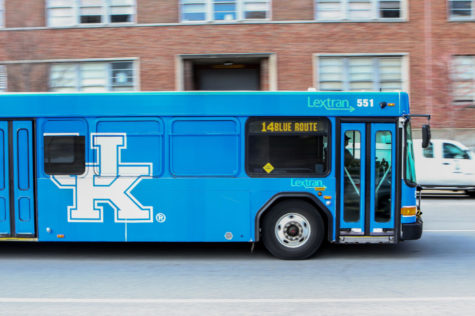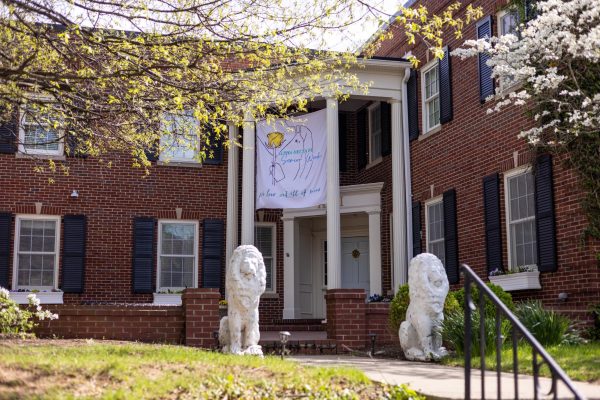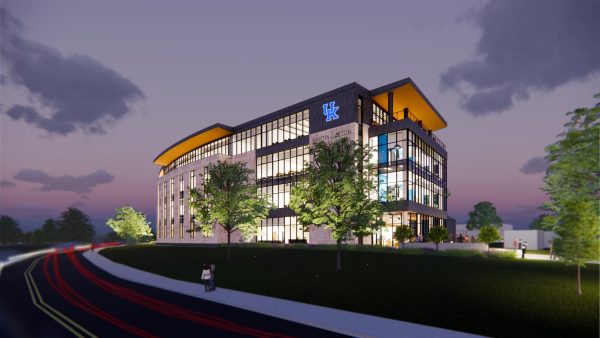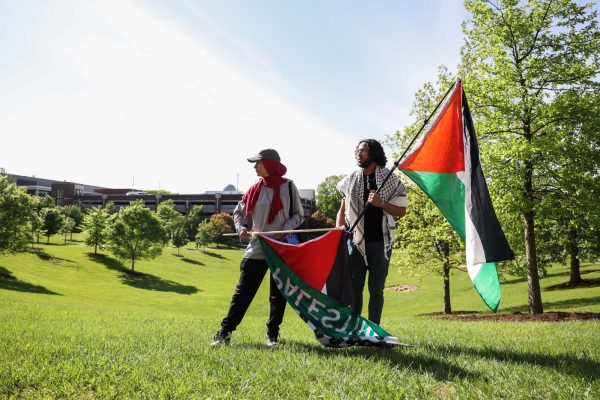Smoke-out fire drills will return to campus
September 16, 2008
Dorm residents have settled into their home away from home, but one surprise may still await them: smoke creeping into their rooms.
Within the next few weeks, UK fire officials will place a fog machine at an exit of a residence hall. Hopes are that someone will pull the fire alarm and students will avoid the smoke and find a safe exit, said Greg Williamson, an assistant fire marshal at UK.
In addition to drills in dorms, the Biomedical/Biological Sciences Research Building may be added to the on-campus sites for smoke-out drills, Williamson said.
Officials with the Biomedical/Biological Sciences Research Building, located at the corner of Virginia Avenue and South Limestone, have requested smoke-outs, although no date has been set, Williamson said. The Medical Science Building, located on Rose Street, had a smoke-out about two years ago, he said, but no decision has been made about smoke-outs in buildings other than dorms.
Before any smoke-out drill could take place, the University Fire Marshal’s office has to be asked and the office must assess whether a drill would be beneficial.
“It’s not like we’re going to set up in a building, set up a smoke machine and start throwing smoke,†Williamson said. “We have to be asked.â€
This is the fourth year that UK fire officials have set up the simulation smoke outs in the dorms. Like last year, three dorms will have smoke-out drills this semester at a cost to the university of about $5 per drill. That price does not include the cost of the machine.
Having three drills allows each shift of fire department personnel the opportunity to learn each building and gain experience of pulling their hoses inside the dorms, Williamson said. Dates for this semester’s residence hall drills have not been set.
Student opinion differs on how much the drills may benefit dorm residents.
Sarah Pierce, a pre-physical therapy junior, said despite the smoke filtering through her dorm, nobody pulled the alarm.
“We were expecting a drill, so I don’t think people were panicking like they should have been,†Pierce said. “People were still going down the smoke-filled stairway, so the drill was pretty pointless.â€
The fire drills may be a good idea for students, said Sarah Hines, an international studies sophomore.
“It would simulate a real fire,†she said. “It shows how people would really act.â€
UK firefighters have gotten encouraging feedback about the drills from the national media, Williamson said.
In February, UK was ranked by Reader’s Digest as the nation’s fourth-best campus for safety, and as a best practice university for fire safety, in part due to the fire drills.
USA Today featured UK’s fire drills in an October 2007 article that highlighted colleges’ efforts in raising fire awareness.
“These drills are a great opportunity to show students how they might react in a real situation and make them think about whether or not their reactions were safe,†Williamson said.
Staff writers Ali Cicerchi and Jill Laster contributed to this story.



















































































































































